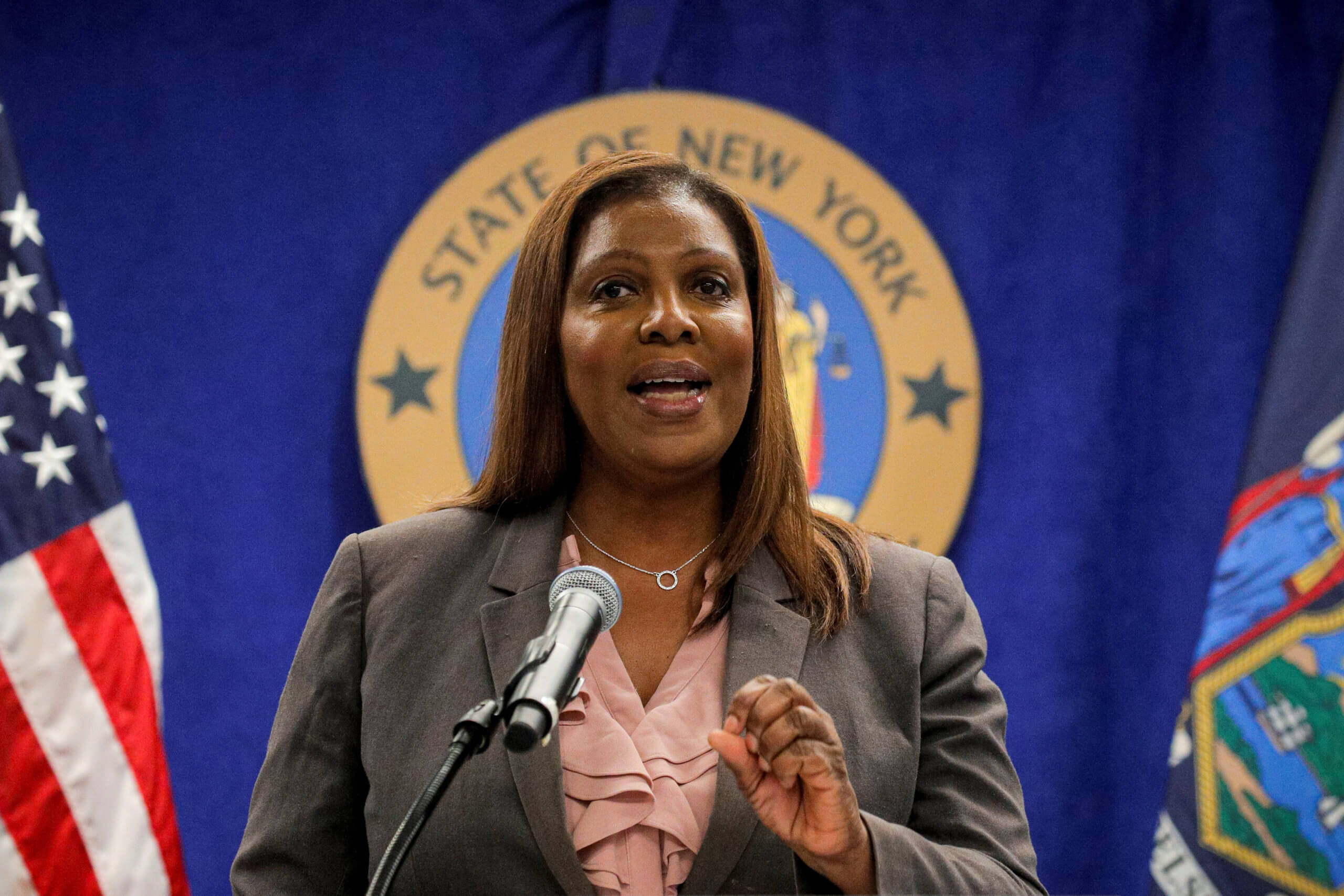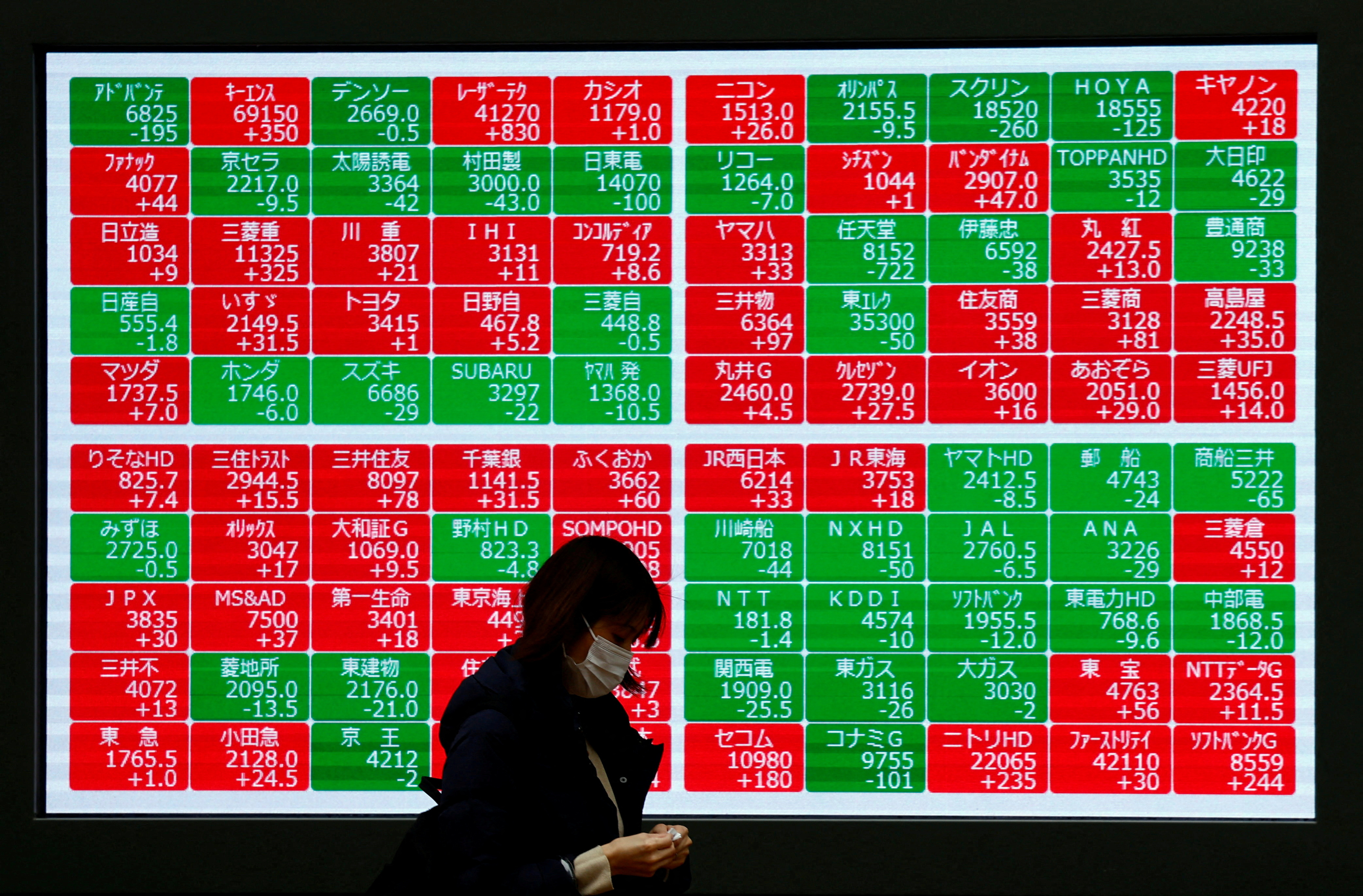Report on Radiolab Episode: Seagulls, Homosexuality, and Sustainable Development Goals
Introduction
The Radiolab episode focusing on seagulls, initially aired in 2023, explores themes beyond the behavior of birds, touching upon human sexuality, societal norms, and ethical considerations. This report analyzes the episode with a particular emphasis on the Sustainable Development Goals (SDGs), especially those related to health, well-being, gender equality, and inclusive societies.
Background: The Seagull Phenomenon
- In the late 1970s, researchers observed a unique phenomenon on an uninhabited island off Santa Barbara: approximately 10% of seagull nests were occupied by female-female pairs.
- These female pairs engaged in mating behaviors, laid sterile eggs, and defended their nests similarly to heterosexual pairs.
- The initial interpretation suggested a natural occurrence of homosexuality among animals, challenging societal prejudices against homosexuality.
Scientific Findings and Environmental Impact
- Further studies revealed a crisis among the male seagull population, likely caused by harmful chemicals in the environment.
- The shortage of males led female seagulls to form temporary same-sex pairings as a coping mechanism.
- Government regulation of pollutants restored the male population, and female-female pairings diminished accordingly.
Analysis in the Context of Sustainable Development Goals
SDG 3: Good Health and Well-being
The episode highlights the impact of environmental pollutants on wildlife populations, underscoring the importance of clean air and water for ecosystem health. This aligns with SDG 3, which promotes health and well-being for all, including the prevention of environmental health hazards.
SDG 5: Gender Equality and Social Inclusion
- The discussion around homosexuality and societal acceptance relates directly to SDG 5, which aims to achieve gender equality and empower all women and girls, including sexual minorities.
- The episode reflects ongoing challenges in recognizing diverse family structures and the rights of same-sex couples, such as parental rights and legal recognition.
SDG 10: Reduced Inequalities
The episode’s exploration of historical and cultural attitudes toward homosexuality emphasizes the need to reduce inequalities based on sexual orientation and gender identity, fostering inclusive societies as advocated by SDG 10.
Historical and Cultural Perspectives
- The episode traces the origin of labeling homosexuality as “unnatural” to Thomas Aquinas in the 1200s, highlighting the long-standing cultural narratives influencing modern perceptions.
- It contextualizes the scientific understanding of sex and reproduction as inherently connected throughout history.
- The narrative critiques the use of animal behavior to justify human moral frameworks, emphasizing the complexity of ethical considerations.
Personal and Societal Implications
- Host Lulu Miller shares personal experiences regarding parental rights within same-sex families, spotlighting legal and social challenges.
- The episode critiques the broader gay rights movement’s focus on adult affection, arguing for a deeper conversation about the welfare and rights of children.
- It underscores the importance of family structures that support child development, resonating with SDG 16 (Peace, Justice, and Strong Institutions) through the promotion of inclusive and supportive legal frameworks.
Conclusions
The Radiolab episode serves as a cultural artifact illustrating the intersection of environmental health, social justice, and human rights. It reinforces the significance of the Sustainable Development Goals in addressing complex societal issues:
- Environmental stewardship (SDG 3) is crucial for the health of both wildlife and human populations.
- Advancing gender equality and reducing inequalities (SDGs 5 and 10) remain essential for inclusive societies.
- Legal recognition and protection of diverse family structures support the well-being of children and communities (SDG 16).
Ultimately, the episode invites reflection on what constitutes natural behavior, the ethical foundations of human rights, and the responsibilities owed to future generations within sustainable development frameworks.
1. Sustainable Development Goals (SDGs) Addressed or Connected to the Issues Highlighted in the Article
-
SDG 3: Good Health and Well-being
- The article discusses issues related to human rights, family health, and well-being, especially in the context of parenting rights for same-sex couples.
- It touches on the importance of family structure and child welfare, which are components of mental and social well-being.
-
SDG 5: Gender Equality
- The article addresses LGBTQ+ rights, specifically same-sex parenting and the recognition of parental rights for same-sex couples.
- It discusses social and cultural attitudes towards homosexuality and the struggle for equal rights.
-
SDG 10: Reduced Inequalities
- The article highlights legal and social inequalities faced by same-sex couples, particularly in parental rights and recognition.
- It reflects on societal and institutional barriers to equality for LGBTQ+ individuals.
-
SDG 15: Life on Land
- The article references environmental issues affecting seagull populations, such as chemical pollution impacting male seagulls.
- This relates to biodiversity conservation and the impact of pollutants on wildlife.
2. Specific Targets Under Those SDGs Identified Based on the Article’s Content
-
SDG 3: Good Health and Well-being
- Target 3.4: Promote mental health and well-being.
- Target 3.7: Ensure universal access to sexual and reproductive health-care services.
-
SDG 5: Gender Equality
- Target 5.1: End all forms of discrimination against all women and girls everywhere, extended here to include LGBTQ+ individuals.
- Target 5.5: Ensure women’s full and effective participation and equal opportunities for leadership at all levels, including in family and social structures.
-
SDG 10: Reduced Inequalities
- Target 10.3: Ensure equal opportunity and reduce inequalities of outcome, including through eliminating discriminatory laws and policies.
-
SDG 15: Life on Land
- Target 15.1: Ensure the conservation, restoration, and sustainable use of terrestrial and inland freshwater ecosystems and their services, including reducing pollution.
- Target 15.5: Take urgent and significant action to reduce the degradation of natural habitats and halt the loss of biodiversity.
3. Indicators Mentioned or Implied in the Article to Measure Progress Towards the Identified Targets
-
Indicators Related to SDG 3
- Prevalence of mental health issues and access to mental health services among LGBTQ+ populations (implied through discussion of well-being and rights).
- Access to reproductive health services and legal recognition of parental rights for same-sex couples (implied through discussion of birth certificates and adoption rights).
-
Indicators Related to SDG 5
- Legal frameworks protecting against discrimination based on sexual orientation and gender identity.
- Percentage of same-sex couples legally recognized as parents on birth certificates (implied).
-
Indicators Related to SDG 10
- Number of discriminatory laws or policies against LGBTQ+ individuals (implied).
- Measures of social inclusion and equality for LGBTQ+ communities.
-
Indicators Related to SDG 15
- Population trends of affected wildlife species, such as male seagull population counts.
- Levels of chemical pollutants in air and water affecting wildlife health.
4. Table: SDGs, Targets and Indicators
| SDGs | Targets | Indicators |
|---|---|---|
| SDG 3: Good Health and Well-being |
|
|
| SDG 5: Gender Equality |
|
|
| SDG 10: Reduced Inequalities |
|
|
| SDG 15: Life on Land |
|
|
Source: wng.org







